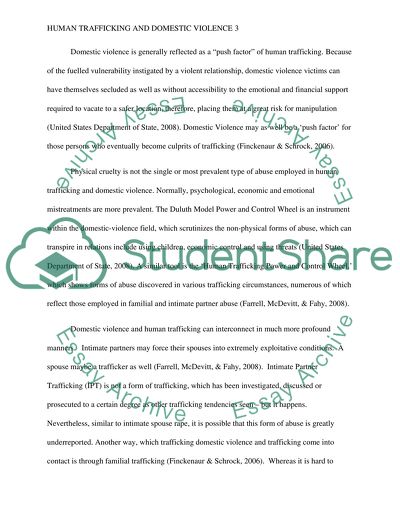Cite this document
(“Human trafficking and domestic violence Research Paper”, n.d.)
Retrieved from https://studentshare.org/sociology/1473085-human-trafficking-and-domestic-violence
Retrieved from https://studentshare.org/sociology/1473085-human-trafficking-and-domestic-violence
(Human Trafficking and Domestic Violence Research Paper)
https://studentshare.org/sociology/1473085-human-trafficking-and-domestic-violence.
https://studentshare.org/sociology/1473085-human-trafficking-and-domestic-violence.
“Human Trafficking and Domestic Violence Research Paper”, n.d. https://studentshare.org/sociology/1473085-human-trafficking-and-domestic-violence.


